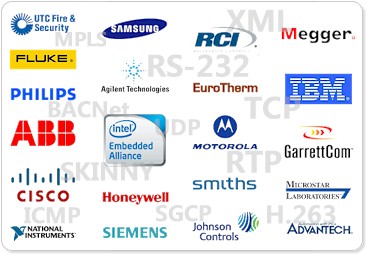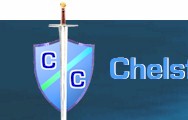| Systems
Integration in the real world |
Nowadays,
in spite of some advances, getting different types of
system to talk to each other can be a real
challenge. Many manufacturers claim to include
"standard", "universal" or
"open" communication systems creating an
expectation of some kind of plug-and-play
utopia. It's true that sometimes systems of
differing manufacture can communicate with each other
right out of the box - but in most instances they
can't. Take even a simple common standard such
as an RS-232 serial connection, there still has to be
agreement between devices on:
 |
Baud
Rate: 4,800, 9,600, 19.2k,
38.4k. etc... |
 |
Data
Frame Format: Number of
Bits, Parity, Stop-Bits |
 |
Physical/Electrical
Connection: 2-Wire 3-Wire,
n-Wire... |
 |
Flow
Control: Software Encoded
vs. Hardware (RTS/CTS) |
 |
Frame
type: Synchronous or
non-Synchronous |
 |
Language
used:
Payload data; Format and Function |
Even if both systems do fully conform
to the same electrical specification, the most important and often the most elusive task, is to ensure that there is a common language used between systems or, in other words, that there is a common understanding for the underlying data.
Some manufacturers aren't too helpful when it comes to publishing in-depth technical data because they are fully aware that this may discourage further selection from their own catalogue. At the same time, they shout loudly about how their equipment fully conforms to this or that communications standard.
| Assistance From Chelsfield Consultants |
Whether it's trying to get two black boxes to talk to one another or integration of multiple, network-wide communication systems:
the steps to follow are always the same. 1) ensure physical/electrical compatibility 2) ensure the communications specifications are met, and, 3) ensure there is a
common language used. In many cases physical and/or electrical connections are catered
for by using protocol converters that may be purchased
off-the-shelf.
|

|
These may be
effectively used to satisfy the criterion of 1 and 2
above. Otherwise custom interface boxes can
usually be designed and built.
The complexity of
these can vary enormously; this usually depends on
the degree to which any I/O adheres to any given
standard.
|
|
|

|
|
|
|
Although
different systems may
share a common
communications protocol,
successful
integration is more
about ensuring that a common underlying
language exists.
Some interface
specs do however provide
what's needed but many
don't and some are just
plain ambiguous. |
|
We at Chelsfield can
investigate and provide an in-depth analysis of the
embedded conversation between two or more systems.
If it then becomes possible to establish a
satisfactory communications rules-set, then this
will be defined (for the task) and documented. Language translation firmware can
thereafter be written that stands between the two
systems.
sales@Chelsfield
Solutions
|

